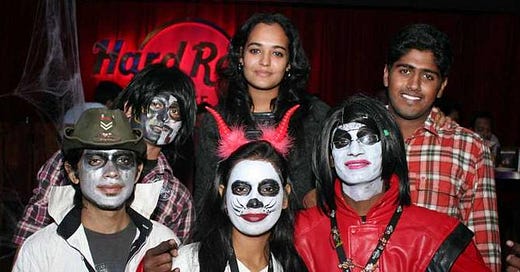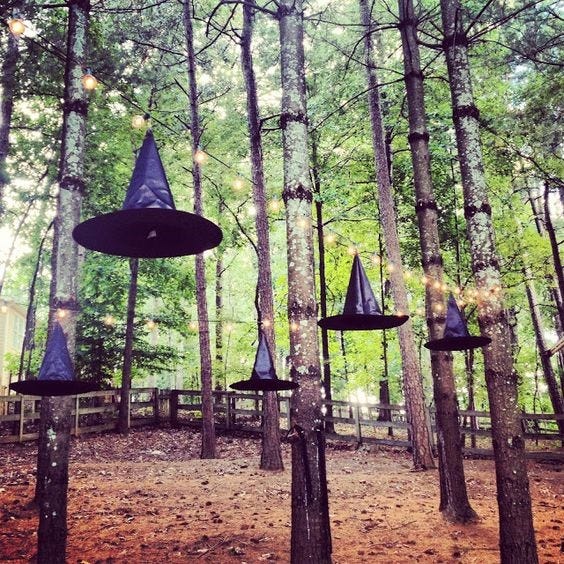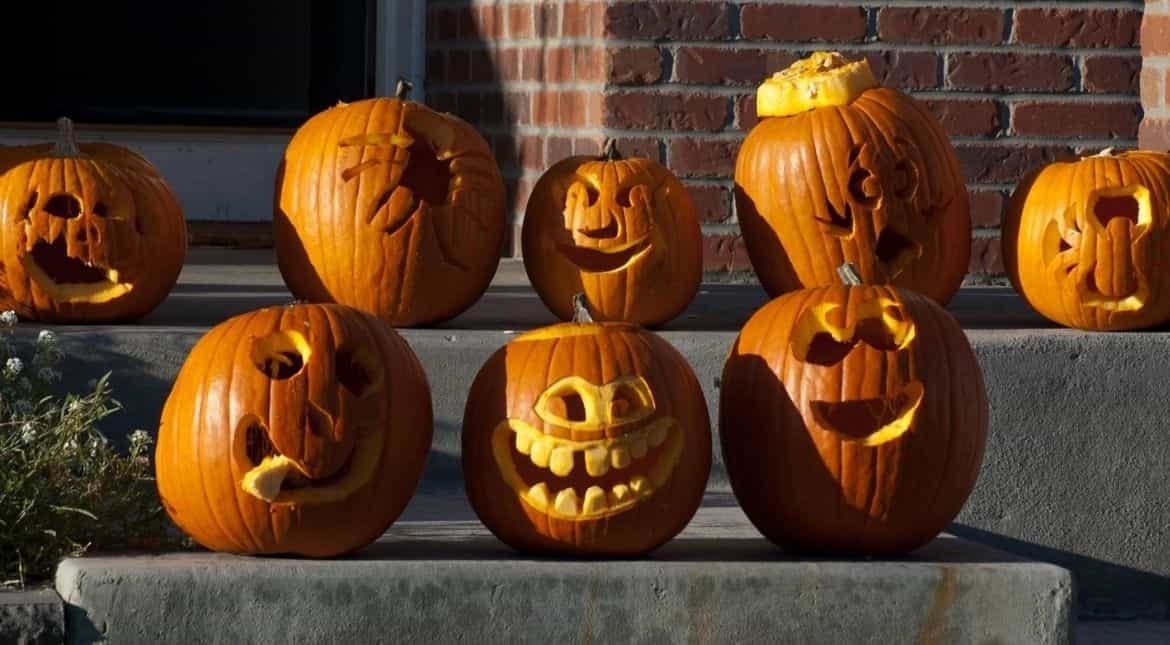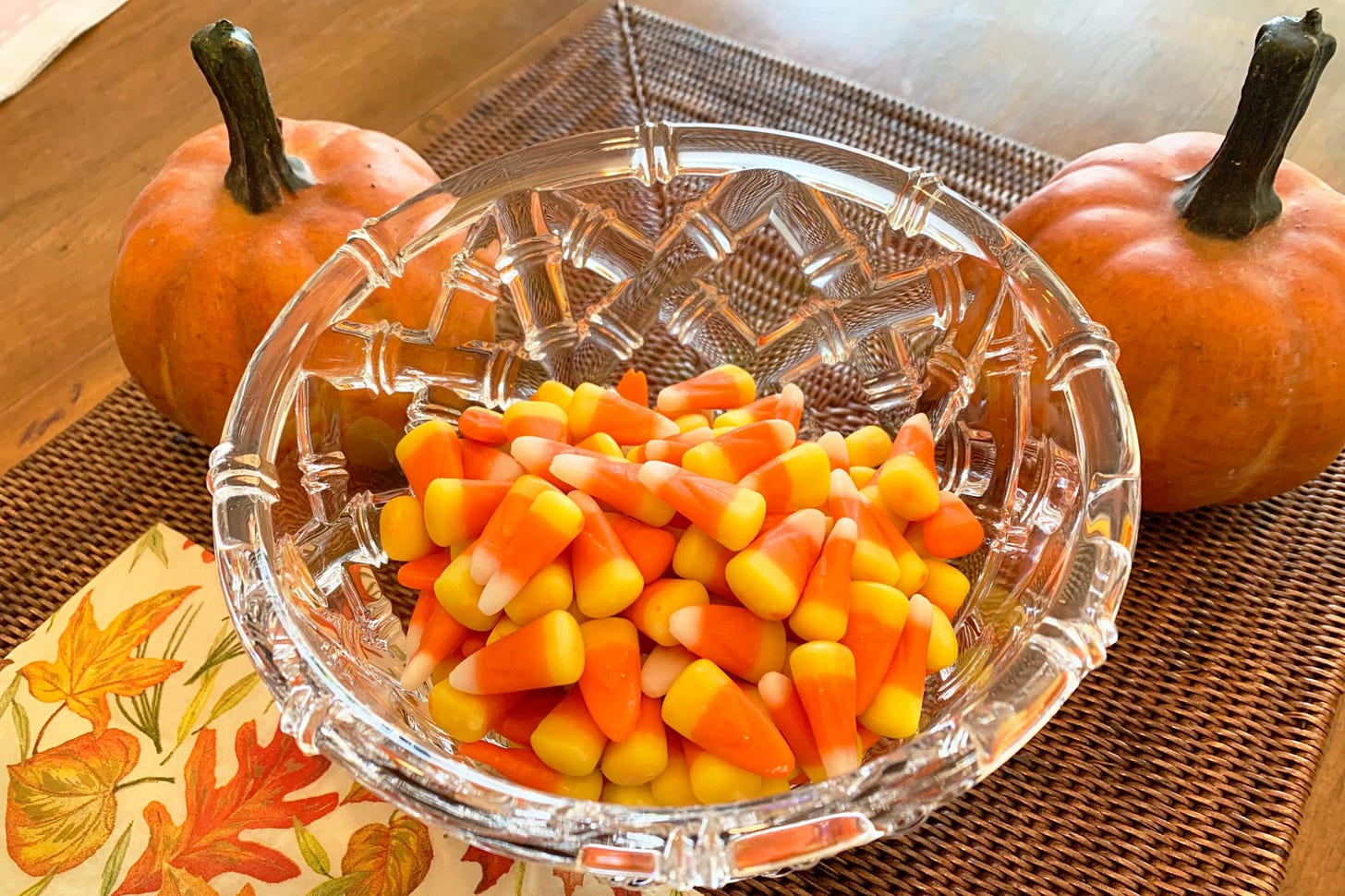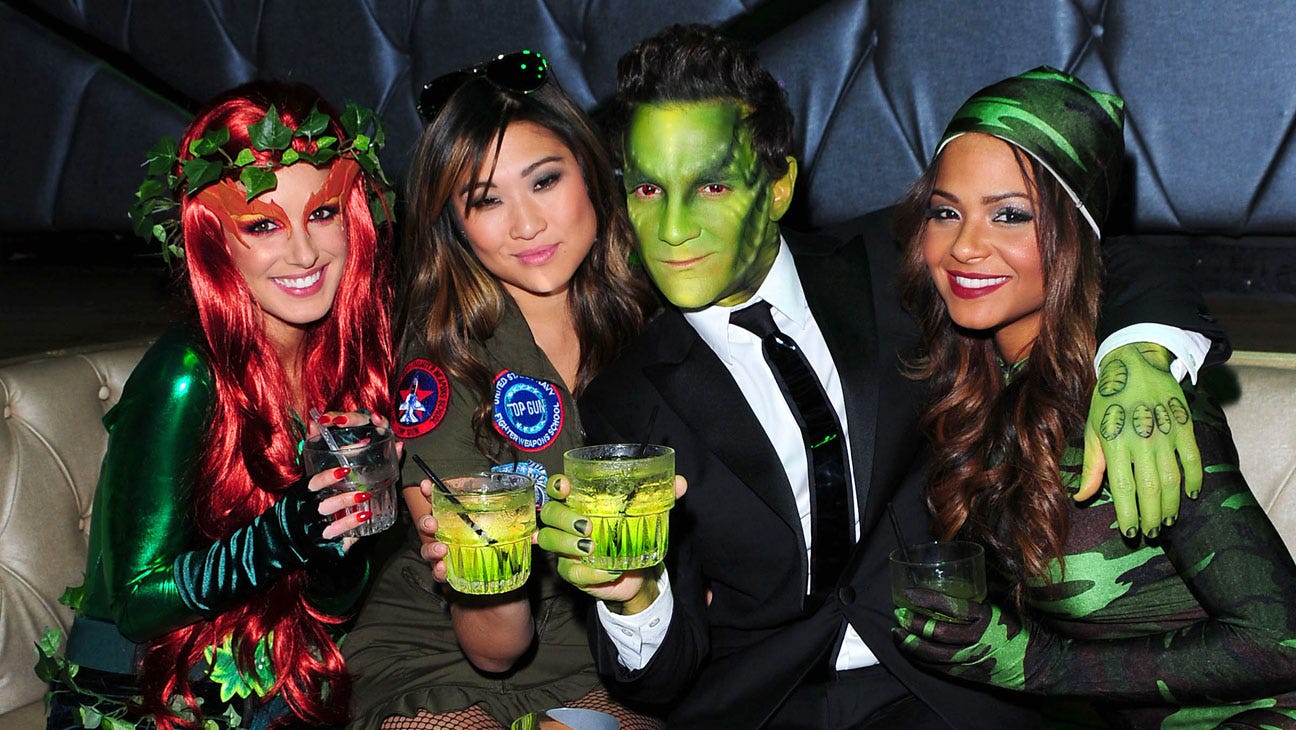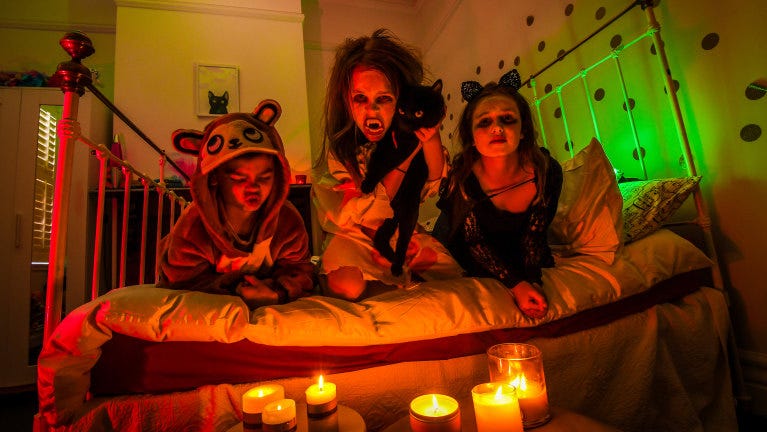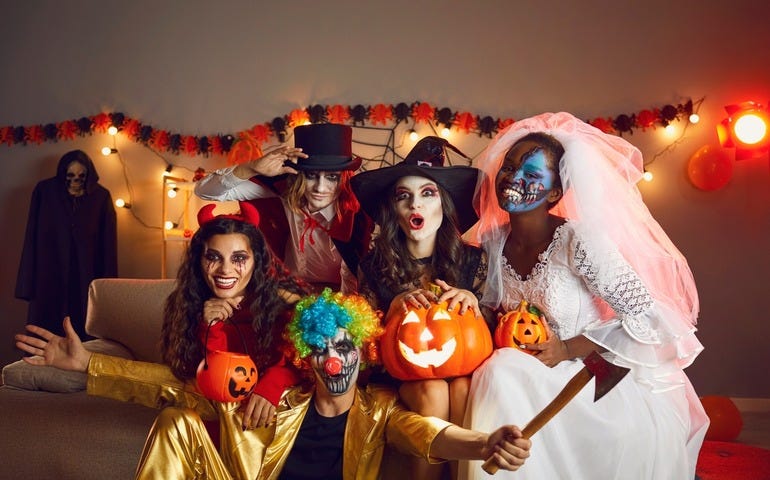Halloween: The Haunting Festival 'Possessing' India's Youth
The Spooky Halloween: What, When? Why? How? Where?
When is Halloween Celebrated?
Halloween, a festival that has its origins in the ancient Celtic tradition, is observed on the 31st of October every year. Predominantly popular in the USA and the UK, this year is no exception, and the buzz around this fascinating festivity is electrifying as always. What's interesting to note is that Halloween is catching the fancy of young Indians, not only in metro cities but also in tier-2 cities like Chandigarh.
The Origins and Significance
Halloween's historical roots can be traced back to the ancient Celtic festival of Samhain (pronounced "sow-in"), a pivotal point in the Celtic calendar. This festival marked the end of the harvest season, a time when the community gathered to celebrate the fruits of their labour and prepare for the challenging winter months ahead.
The Celts believed that Samhain was a time of transition, where not only did the natural world prepare for winter, but spiritual transitions were also more fluid. It was thought that on this night, the veil between the mortal world and the 'Otherworld' became so thin that spirits could easily pass through. These spirits were not only those of the deceased but also included fairies and other mystical creatures.
Warding off Evil Spirits
To ward off any malevolent entities, the Celts adopted various protective measures. Bonfires were lit to emulate the Sun and to purify the community for the coming year, as well as to deter evil spirits from entering the realm of the living. People dressed up in costumes, primarily consisting of animal skins and other disguises, to either scare away malevolent spirits or to blend in unnoticed among them. Offerings of food and drink were also left out to placate the spirits, and rituals were conducted to seek their blessings.
Over time, these ancient practices have evolved into the modern-day celebrations of Halloween. However, the core essence of acknowledging the mysterious, respecting the spiritual, and appreciating the change of seasons continues to be deeply embedded in the festival.
The Pumpkin: A Symbol of the Season
Pumpkins are virtually synonymous with Halloween. Originally, the Celts used turnips and other root vegetables as the original "jack-o'-lanterns." Immigrants from the British Isles brought this tradition to America, where they found pumpkins more suitable for carving.
A pumpkin's round shape and bright orange colour have made it an emblem of the harvest season. The practice of carving a pumpkin into a 'jack-o'-lantern' has its origins in Irish folklore. Legend has it that a man named Stingy Jack tricked the Devil multiple times but was eventually barred from both heaven and hell. He was left to roam the Earth, lighting his way with a lantern made from a carved turnip. Thus, the 'jack-o'-lantern' serves to ward off evil spirits during the Halloween season.
Candy Corn: The Halloween Confectionery Staple
When one talks of Halloween candy, the conversation inevitably turns towards candy corn. This tri-coloured candy is a staple of Halloween celebrations in North America. Its three colours—yellow, orange, and white—mimic the appearance of corn kernels but with a sugary twist. Introduced in the 1880s, candy corn has become an integral part of Halloween, so much so that October 30th is celebrated as National Candy Corn Day in the United States.
Celebrations in the UK and USA
In the United Kingdom and the United States, Halloween has evolved to become a holiday filled with costume parties, trick-or-treating, and elaborate decorations. The atmosphere is imbued with a spooky air, amplified by haunted houses, ghost stories, and horror films. It’s also a significant sales pitch for businesses, from pumpkin farms to costume shops, as consumers flock to make their Halloween as authentic as possible.
As the days get shorter in the Northern Hemisphere, the dark evenings provide an ideal backdrop for the eerie celebrations. Candles, jack-o'-lanterns, and spooky soundtracks contribute to an atmosphere thick with thrills and chills.
What About Down Under?
In the Southern Hemisphere, where October marks the beginning of warmer days, Halloween is still celebrated but with a slightly different flavour. Aussies and Kiwis are gradually adopting the festival, throwing costume parties and engaging in trick-or-treating, albeit without the accompanying autumnal chill.
Halloween in India: A Rising Trend
Interestingly, Halloween is catching the fancy of the younger generation in India, especially in urban centres. Costume parties are becoming increasingly popular, sometimes blending Western elements with Indian myths and legends. While Halloween is by no means a mainstream event in India yet, its influence is perceptible and growing.
Any Traditional Indian Equivalent?
Although Halloween doesn't have a direct equivalent in traditional Indian festivals, the concept of celebrating and venerating the deceased is not unfamiliar. Events like Pitru Paksha pay homage to ancestors, albeit in a solemn manner, which starkly contrasts Halloween's eerie festiveness.
Concluding Thoughts
While some argue that the celebration of Halloween in India amounts to the blind following of Western culture, others see it as an example of globalisation and cultural exchange. On balance, it seems that Halloween offers an opportunity for creativity and social engagement, regardless of geographical or cultural borders.
As the world becomes increasingly interconnected, it's likely that festivals like Halloween will continue to find new homes and new interpretations, adding layers to their rich history and perhaps even blending seamlessly with local traditions over time.
Happy Halloween!

